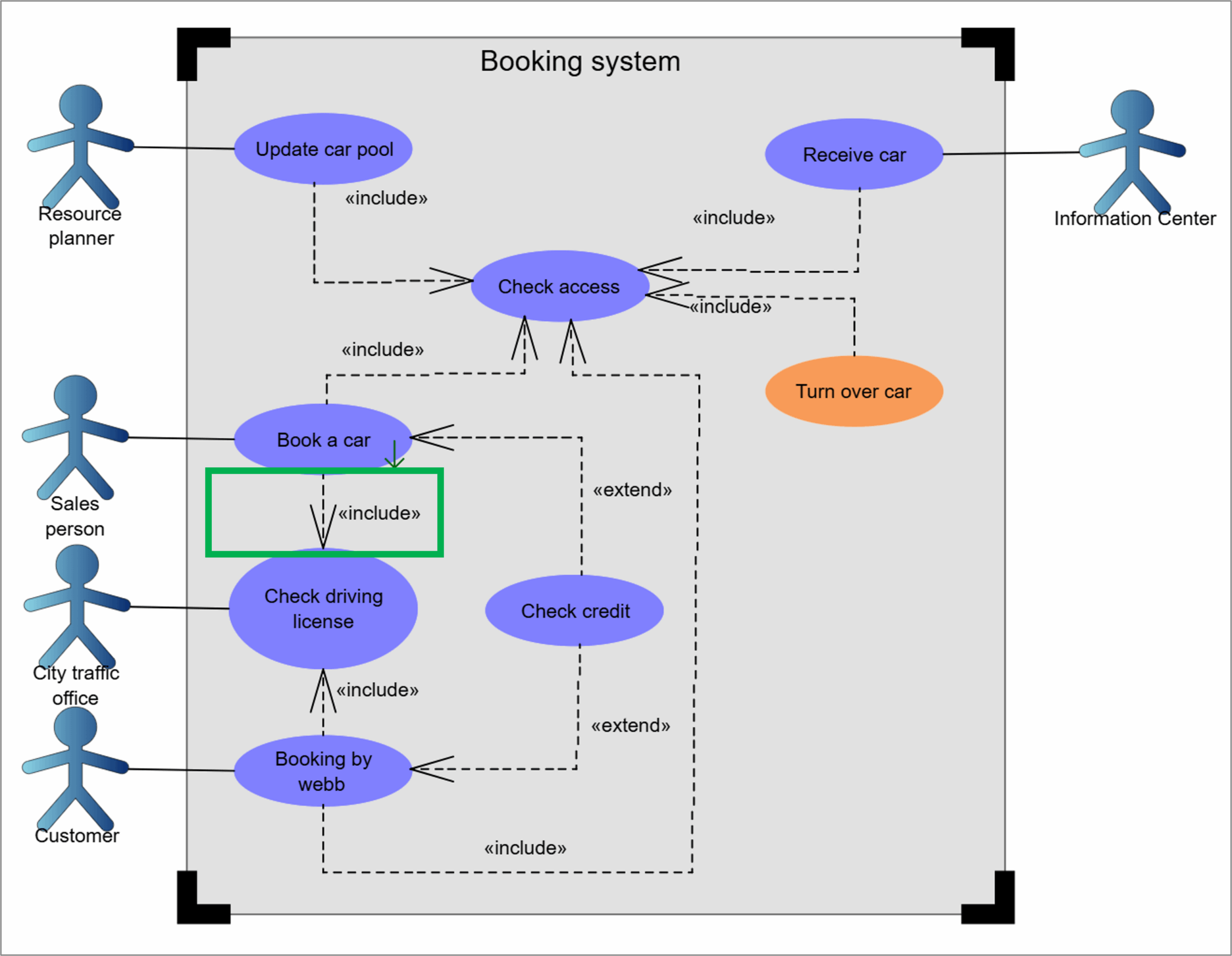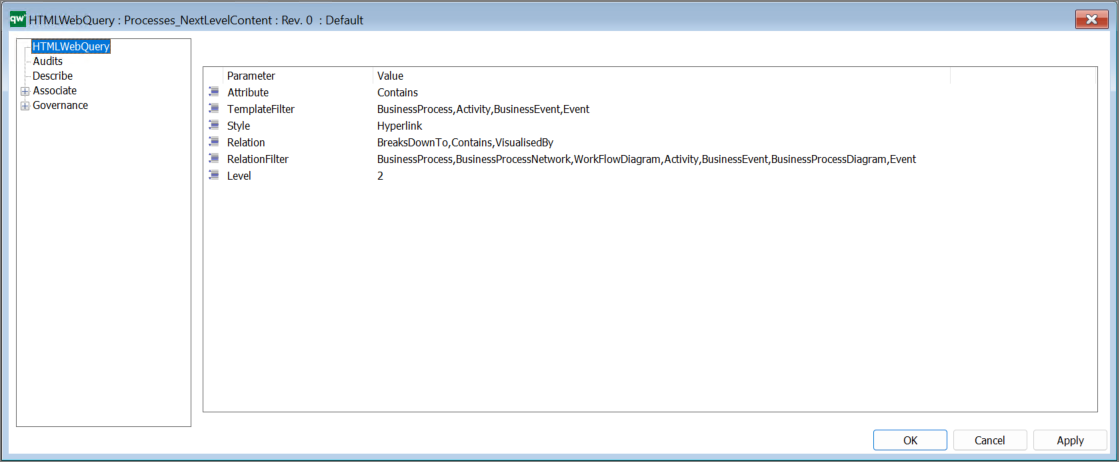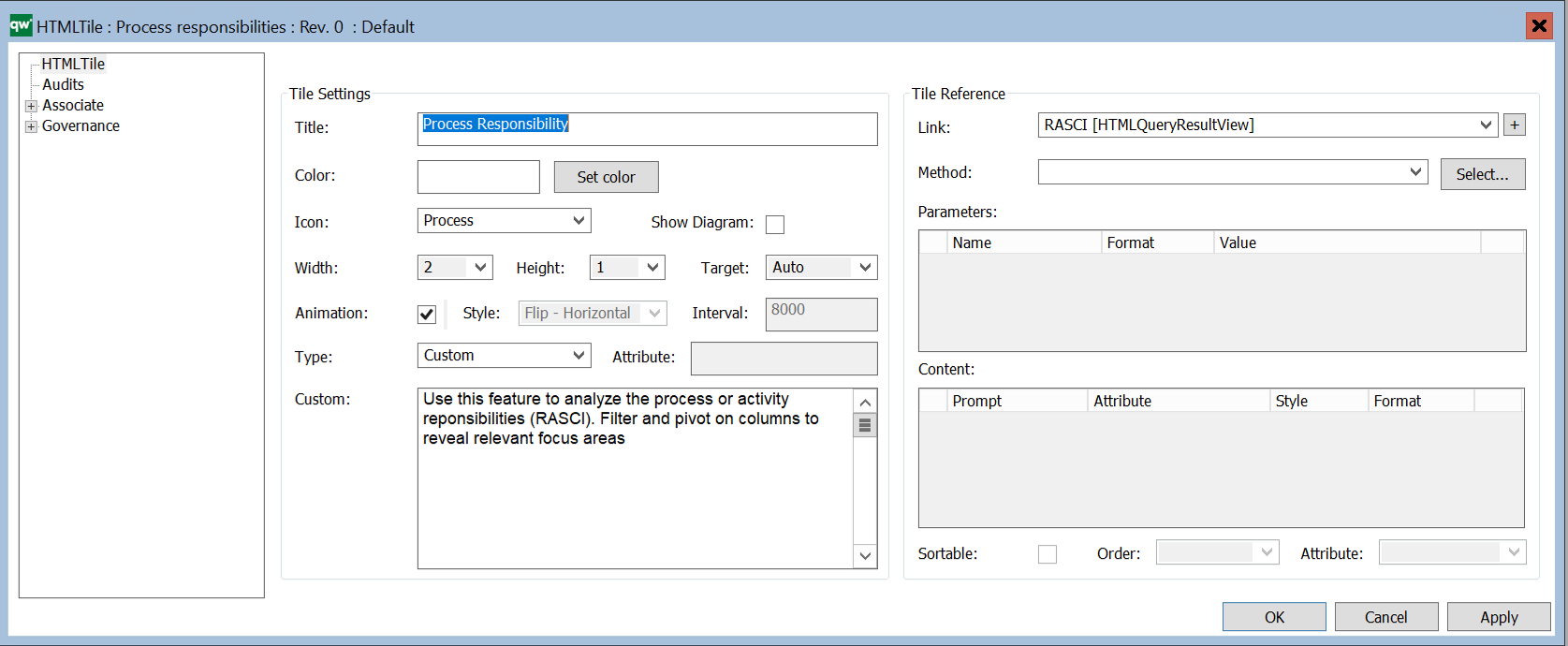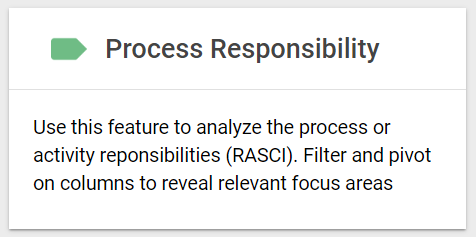Description of this template will be available soon.
Archives: Templates
Templates and model types in the QualiWare platform.
Index
Description of this template will be available soon.
Include
The include relationship adds additional functionality not specified in the base use case. The <<Include>> relationship is used to include common behavior from an included use case into a base use case in order to support the reuse of common behavior.

Incident
Description of this template will be available soon.
Implementation Event : ArchiMate
A state change related to implementation or migration. The name of an implementation event should preferably be a verb in the perfect tense; e.g., “project initiation phase completed”.

Impact Quantity
Impact quantity refers to the measurement of the effect or impact that a particular component or factor has on the overall system. It is used to quantify the magnitude or extent of the impact that a particular variable or input has on the system.
Idea
In an Innovation Canvas, the “Idea” symbol represents a specific concept or solution that could potentially address a particular problem or opportunity. This symbol is depicted as a lightbulb.
The Idea symbol is used to capture and communicate a creative solution or approach that may be developed further into a tangible product, service, or business model. It may include a brief description of the concept, as well as any unique features or benefits that distinguish it from other ideas.
Icon
Description of this template will be available soon.
HTML Web Query
A web query retrieves a list of objects based on a set of parameters. The web query does not present the result. To present the result, a HTMLContentBox or HTMLContentTable is needed. This is especially important to remember when using a different sort order in Web Query than in the presentation configuration. Web Query sort order sorts the resulting data set and the presentation configuration will sort the displayed data set.

Hierarchy Query
The Hierarchy Query uses the hierarchy of objects to retrieve the resulting list. The hierarchy to process is defined by the parameters.

Attribute: The attribute from which the result will be taken.
TemplateFilter: Only objects of these templates will be in the result. Other objects will not be included in the result, even if they satisfy all other query settings.
Style: The style in which each result should be shown.
Default value: HyperLink.
Relation: Specifies a list of attributes to be traversed. E.g. Links, Contains etc.
RelationFilter: These are the templates that will be investigated when processing the relations in the query. Other templates in the relation will be ignored.
Level: The number of levels to traverse.
The more levels to process, the longer it will take for the query to finish. When setting up a query, please consider carefully the number of levels needed.
LinkedBy Query
The LinkedBy Query uses backward linking to retrieve the result.

RelationType: This marks the kind of relation being queried. In this case it must be set to LinkedBy.
Attribute: The attribute from which the result will be taken.
TemplateFilter: Only objects of these templates will be in the result. Other objects will not be included in the result, even if they satisfy all other query settings.
Style: The style in which each result should be shown.
Default value: HyperLink.
SortAttribute: The attribute to sort the result by.
SortOrder: The sort order of the result.
Links Query
The Links Query uses forward linking to retrieve the result. The Links Query is a special case of the Hierarchy Query that only processes 1 level.
RelationType: This marks the kind of relation being queried. In this case it must be set to LinkedTo.
(the other parameters are configured as above)
Generic Query
Generic Query is a query that uses a “FindName” method for retrieving data. Use the parameters to define the query.
HTML Tile
The HTMLTile template is used on one or more HTMLDesktop(s) on the collaboration platform.

It is possible to configure the appearance and nature of the tile via the HTMLTile-template.
Among many things you can specify the title, color, size, description text, as well as link it to other content in the repository, e.g. a diagram or a HTMLQueryResultView.
Example of a tile on the web:
